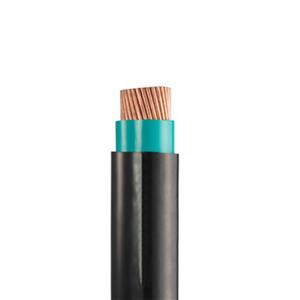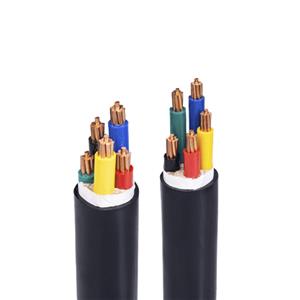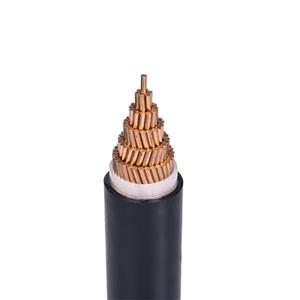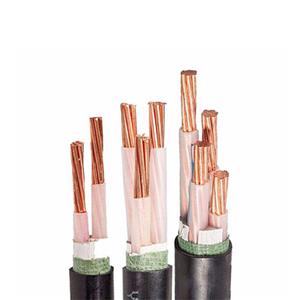Cable manufacturers teach you how to identify fake and inferior cables
In recent years, the cable market has been flooded with a large number of fake and non-standard products, which has caused great trouble to consumers. How to identify these fake and shoddy products has become one of the most concerned issues for users. The cable manufacturer will introduce you in detail several methods to identify fake and shoddy non-standard cable products to help you make a wise choice when purchasing.
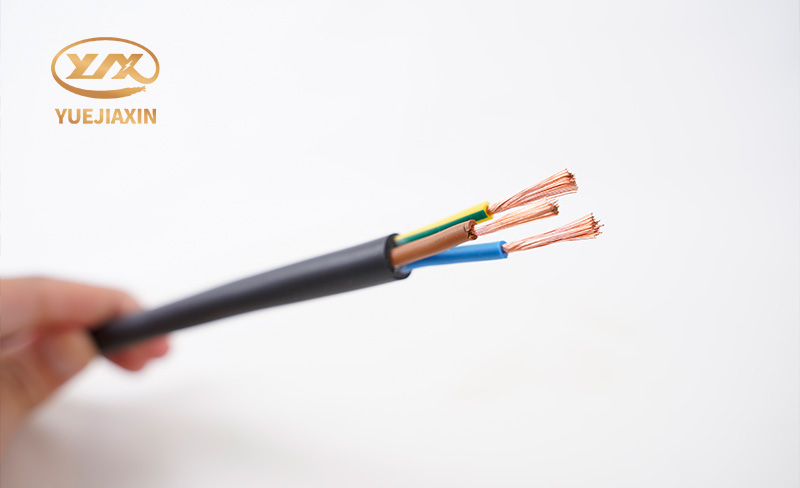
1. Abnormally low prices. If you find that the price of cable products sold by some stores or manufacturers is more than 20% lower than the normal market price, this may be a clear sign of counterfeit products. Because we all know that you get what you pay for. Generally speaking, the production cost of high-quality cables is higher, so the price is relatively stable. If the price of a certain cable is significantly lower than the market average, consumers should be vigilant and purchase with caution.
2. Lack of necessary identification. A qualified cable product should indicate the factory name, manufacturer address and other information on the surface. If you find that the cable lacks these necessary identifications, it is likely to be a counterfeit product. In addition, functional identifications such as flame retardant and fireproof are also important bases for judging the quality of cables.
3. Blurred or wrong printing. Cable products from regular manufacturers are clearly legible when printed. The printing of counterfeit products is often blurred and even has spelling errors. Therefore, carefully checking the printing on the surface of the cable when purchasing is also an effective way to identify counterfeit products.
4. The color is not correct. The color of the cable insulation layer or sheath should meet the color code requirements specified by the state. If you find that the color of the cable is abnormal or does not meet the regulations, it is likely to be a counterfeit product. This type of cable usually uses inferior materials, and its performance cannot be guaranteed.
5. The length error is too large. The country has strict standards for cable length, and the allowable error range is very small. If the cable length error seriously exceeds the standard range, the product is likely to be a counterfeit and non-standard product.
6. The conductor quality is poor. The conductor of a high-quality cable should be bright and flawless, while the conductor of a counterfeit cable is often black, rusted, or even stained with oil, and the twisting is loose. Such a conductor will not only affect the transmission performance of the cable, but also greatly shorten the service life of the cable.
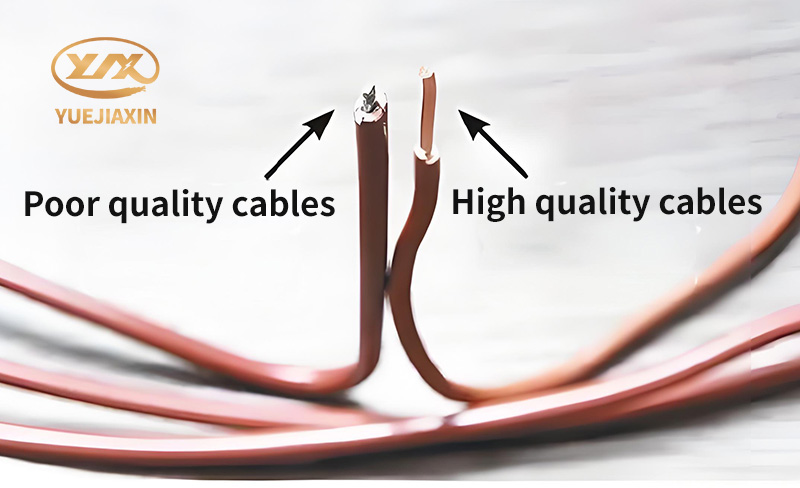
In short, you must be vigilant when purchasing cable products and carefully check the above aspects to avoid purchasing counterfeit and non-standard products and ensure safe use.
- PVC-Insulated Cable
- 450/750V BV Single- Core Cu/PVC Cable
- 450/750V BVR Single- Core Cu/PVC Cable
- 300/500V Or 450/750V RV Single-Core Cu/PVC Flexible Cable
- 300/500V Or 450/750V RVV Multi-Core Cu/PVC/PVC Flexible Black Cable
- 300/500V Or 450/750V RVV Multi-Core Cu/PVC/PVC Flexible White Cable
- 300/500V Or 450/750V RVVP Multi-Core Cu/PVC/CWS/PVC Screened Flexible Cable
- 450/750V KVV Multi-Core Cu/PVC/PVC Control Cable
- 450/750V KVV22 Multi-Core Cu/PVC/STA/PVC Armoured Control Cable
- 450/750V KVVP Multi-Core Cu/PVC/CWS/PVC Screened Control Cable
- 450/750V KVVP2-22 Multi-Core Cu/PVC/CTS/STA/PVC Screened Armoured Control Cable
- 0.6/1KV PVC-Insulated PVC-sheathed Single-Core Power Cable
- 0.6/1KV PVC-Insulated PVC-sheathed Multi-Core Power Cable

